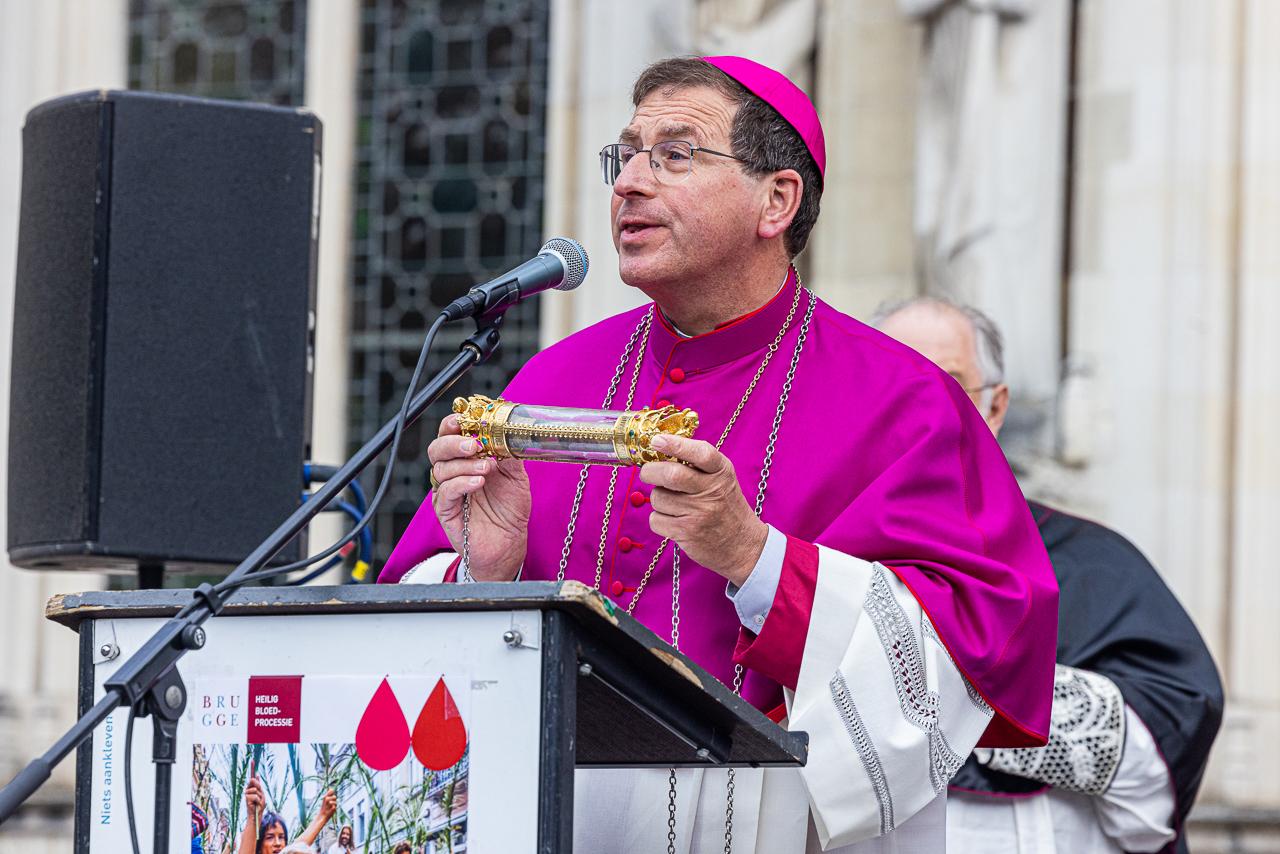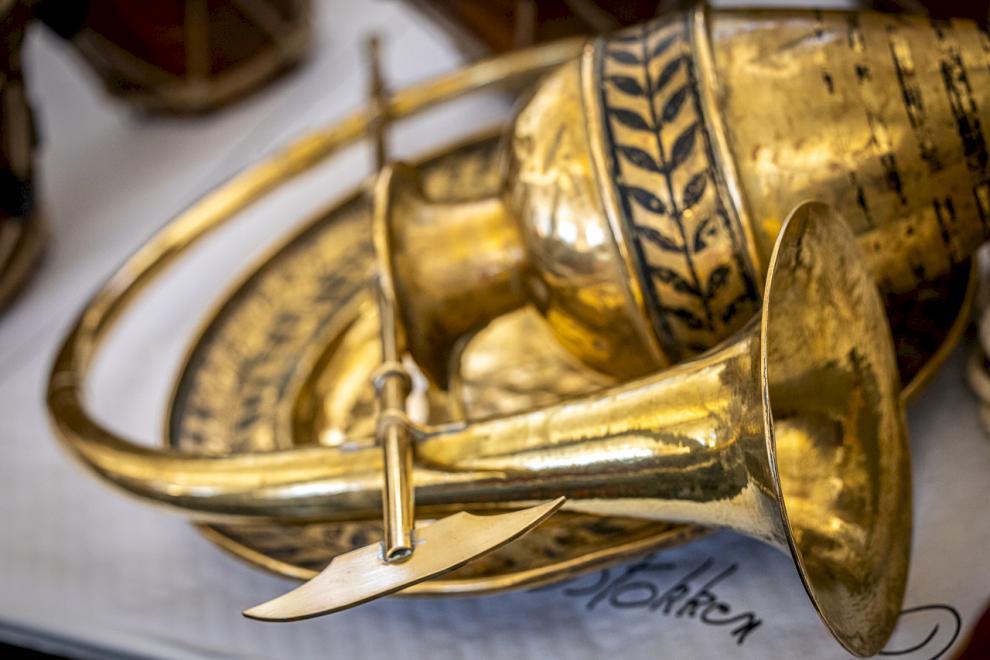History
The history of the Procession of the Holy Blood in Bruges spans more than 700 years. This impressive procession has brought Biblical and historical stories to life since 1304. it is the expression of a timeless tradition where faith and culture come together.

Origins of the Procession of the Holy Blood
The earliest known mention of the Holy Blood Procession dates back to 1291, when the Guild of Porters included this event in their charter. This historical document reveals that the guilds and crafts of Bruges were obliged to participate in the procession. It is believed that the tradition of displaying the Holy Blood to worshippers in the Chapel on the Burg predates 1291. This custom eventually led to the formation of the grand procession as we know it today.
Procession of the Holy Blood route
From 1303, the parade was referred to as a procession that circled the city walls. And when the Relic of the Holy Blood came into the possession of the city of Bruges, the procession also became an ‘official’ event. It was a colourful and impressive spectacle with participants from all walks of life.
A few years later, it was decided to merge the procession with the annual fair, which boosted the public turnout and devotion to the Holy Blood, while city messengers spread the story of the procession throughout Flanders.
Evolution in the 15th and 16th centuries
The procession, already well-known for its Biblical scenes, expanded in the 15th and 16th centuries to include secular scenes with giants, such as Ros Beiaard and the Four Sons of Aymon. Religious unrest in 1578 caused the relic to no longer be carried beyond the city limits, meaning the procession remained ‘intra muros’ for the first time.
The procession was halted during the Calvinist city government between 1578 and 1584, with the relic put in a place of safety.
Processions in the 17th, 18th, 19th and 20th centuries
The procession regained its religious significance during the Counter-Reformation (17th century) and later in the 18th century. Lavish floats with symbols and images gave the procession a triumphant touch.
Interrupted by the French occupation (1796-1819), the relic was safely hidden away. In the 19th century, the seven parishes of the city organised the procession along with brotherhoods, congregations and schools. The 20th century brought various changes in both the procession’s content and presentation.
Procession of the Holy Blood today
The procession today is inspired by the style of Bruges’ Golden Age (15th century) At that time, Bruges was one of Europe’s most important ports, a thriving marketplace, and the residence of the Burgundian dukes. This period produced remarkable works of art, such as the Flemish Primitives. And even though the procession depicts a story from the past, it continues to surprise year after year with contemporary touches.






